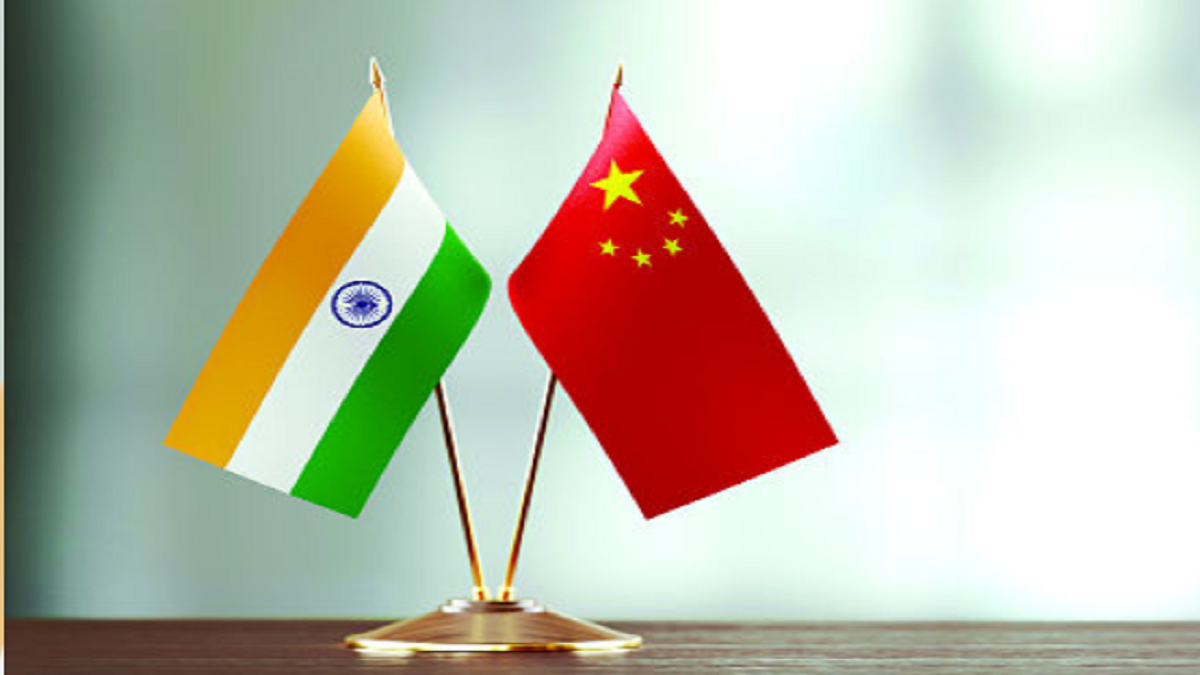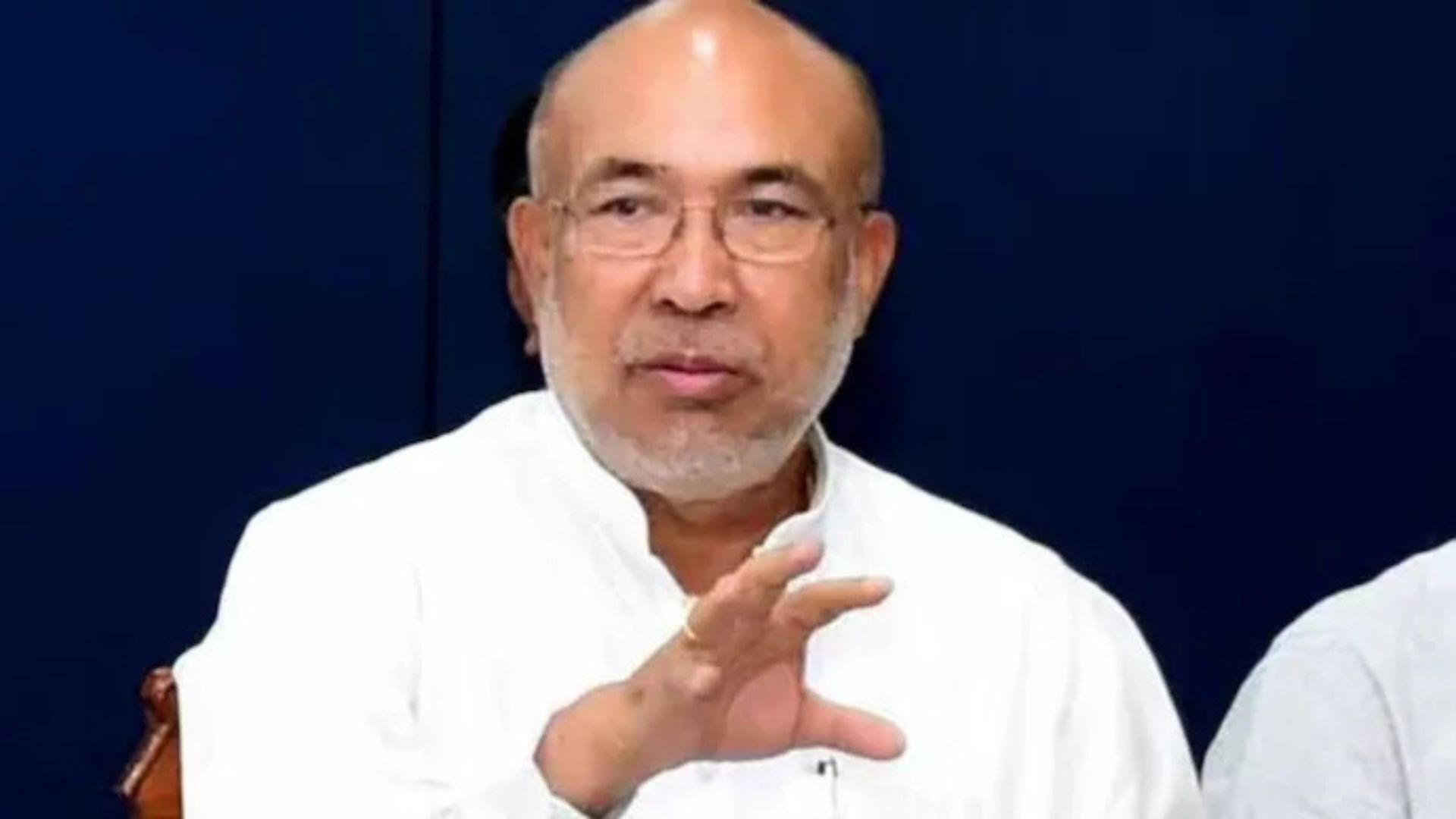
Since the Galwan Valley incident in June 2020, Indian and Chinese armed forces have been locked in an intense standoff at the Line of Actual Control (LAC) in Eastern Ladakh. To resolve the issue, the 16th Round of talks on the LAC at the Chushul-Moldo meeting point ended recently. Several issues pertaining to patrolling and location of forces have already been resolved in preceding deliberations. The current round holds significance for two reasons. First, it is happening in the backdrop of United States House of Representatives Speaker, Nancy Pelosi’s visit to Taiwan. China has reacted very strongly to the visit, both diplomatically and militarily. Second, China has with increasing frequency flown its combat aircraft and Remotely Piloted Aircraft Systems (RPAS) close to the LAC. It causes concern in New Delhi due to its striking similarity with the Chinese display of strength through the violation of Taiwanese Air Defence Identification (ADIZ) in East China Sea. The article investigates the patterns behind the Chinese expansionist designs in its neighbourhood and whether India already has begun to be treated as an actor which can thwart such efforts.
Comprehending China’s proclivity for assertions of sovereign claims is a task that has confounded both policymakers and strategists alike in the region. In East China Sea, the region where Taiwan is located, the Chinese claims reach further east to threaten Japan over Senkaku Islands. The South China Sea is rife with claims and counter claims by China, Philippines and Vietnam apart from Indonesia, for which the Exclusive Economic Zone (EEZ) overlaps with China. Chinese approach, since its increased stature due to its growing economic clout has been to subdue states into submission and agreements. It has been successful in most of the border and territorial disputes viz. Russia, Laos, Cambodia and Myanmar. In the case of Vietnam, Japan and India it has been less successful diplomatically and militarily. Therefore, it adopts a gradual and incremental approach to achieve its objectives. In turn, this may be reflection of the regional standing and power of these countries. The dispute with Taiwan, in its historical circumstances, may be different. The Taiwanese situation, however, and the latest Chinese response to Nancy Pelosi’s visit provides hints and clues to its actions.
Taking a cue from the Chinese actions over Taiwan strait and frequent violations of the ADIZ, the Indian establishment has raised concerns over the recent activity in Ladakh. Chinese approach is to normalize People’s Liberation Army Air Force’s air sorties and RPAS flights very close to the LAC. New Delhi and its armed forces must be attentive and ready that the frequency of air activity will increase and gradually the aircraft will fly more closer to the LAC. The recent standoff and subsequent negotiations have focused on reducing the tensions and desisting from provocative actions from either side. At the end of the current round of deliberations, a Chinese Defence Ministry spokesperson revealed that a four-point consensus was arrived at during the talks between the top-level commanders. These four points don’t yield much in terms of their content regarding the issues at the LAC. Focusing on the need to carry on the negotiations and improving upon the bilateral relations in other fields is the gist of the consensus. The third point of the consensus refers to “effectively manage and control differences, as well as safeguard the security and stability in border areas until the issue is solved”, which means naught and is another way to convey that discussions should continue. This definitely works in favour of Beijing which may be biding this tough phase owing to the Taiwan crisis in the East. Point four of the consensus is a step back in time as it refers “to maintain communication and dialogue, and reach a mutually acceptable solution as soon as possible” and is effectively the phrase used by the Chinese during the beginning of the crisis. New Delhi and the commanders may do well to refer to the initial phase of the talks when the crisis started in May 2020.
The broader ramification of the protracted nature of the negotiations at the LAC is that India now has clarity on Chinese deeds and words. India has entered into a new phase of the global geopolitical competition. A significant strategic component of the United States of America’s (US) pivot to Asia is its sustained attention and effort to India. Recent announcement of joint annual exercise ‘Yudh Abhyas’, literally meaning War Practice by the US and India is another instance of military cooperation between the two countries. ‘Yudh Abhyas’ will be carried out in October and happens approximately 100 kms. from the disputed border between India and China. It will focus on ‘high-altitude warfare training’. The larger context is explained by a statement of the US Defense Department that “Partnership with India is one of the most important elements of our shared vision for a free and open Indo-Pacific region”. The connect with global geopolitics is made amply clear. In a first, US Navy Ship Charles Drew arrived at Kattupalli Shipyard near Chennai for repairs following the agreements signed with the United States.
It will be an understatement to say that the new Cold War has set in, and New Delhi has major stakes as China has disputed land borders with India where friction is normal. Territorial and border disputes may not evoke the nationalist fervour as does the issue of Taiwan in China; however, they are matters of national prestige. Going by Chinese actions and intentions at the border, India needs to emphasize an early resolution of remaining issues at the border. Chinese remain the masters of the gradual encroachments and waiting game.
On the other hand, India over the last two decades has built a network of partnerships which will be crucial to overcome Chinese belligerence in the region, both at the land borders and in the Indian Ocean/ Indo-Pacific region. Strategic thinkers and policy makers alike have been keen to see India as an important actor in global geopolitics. Therefore, it is required that clarity and focus on Chinese words and actions remains a primary objective while strengthening Indo-Pacific partnerships intact.
The author is Associate Professor of Political Geography and Geopolitics at the Centre for International Politics, Organization and Disarmament, JNU.















